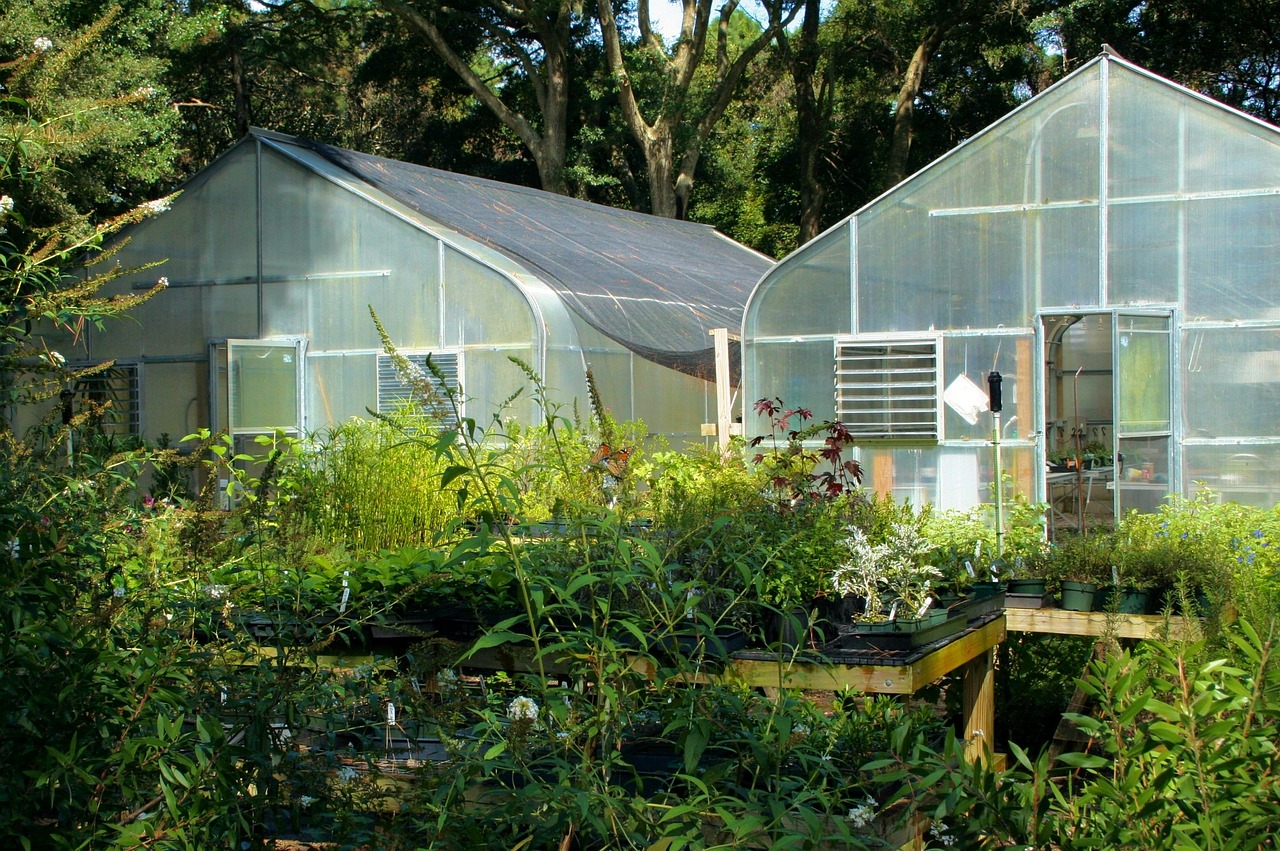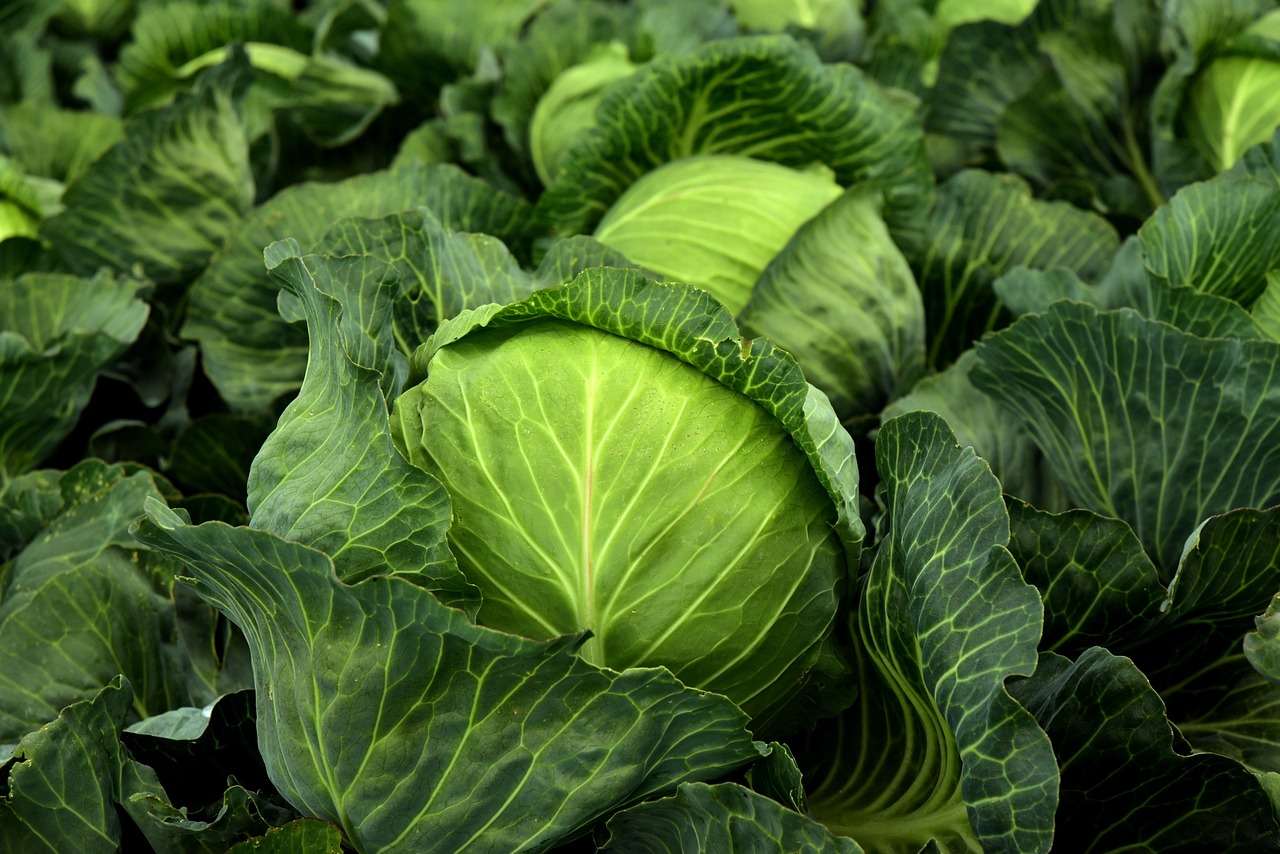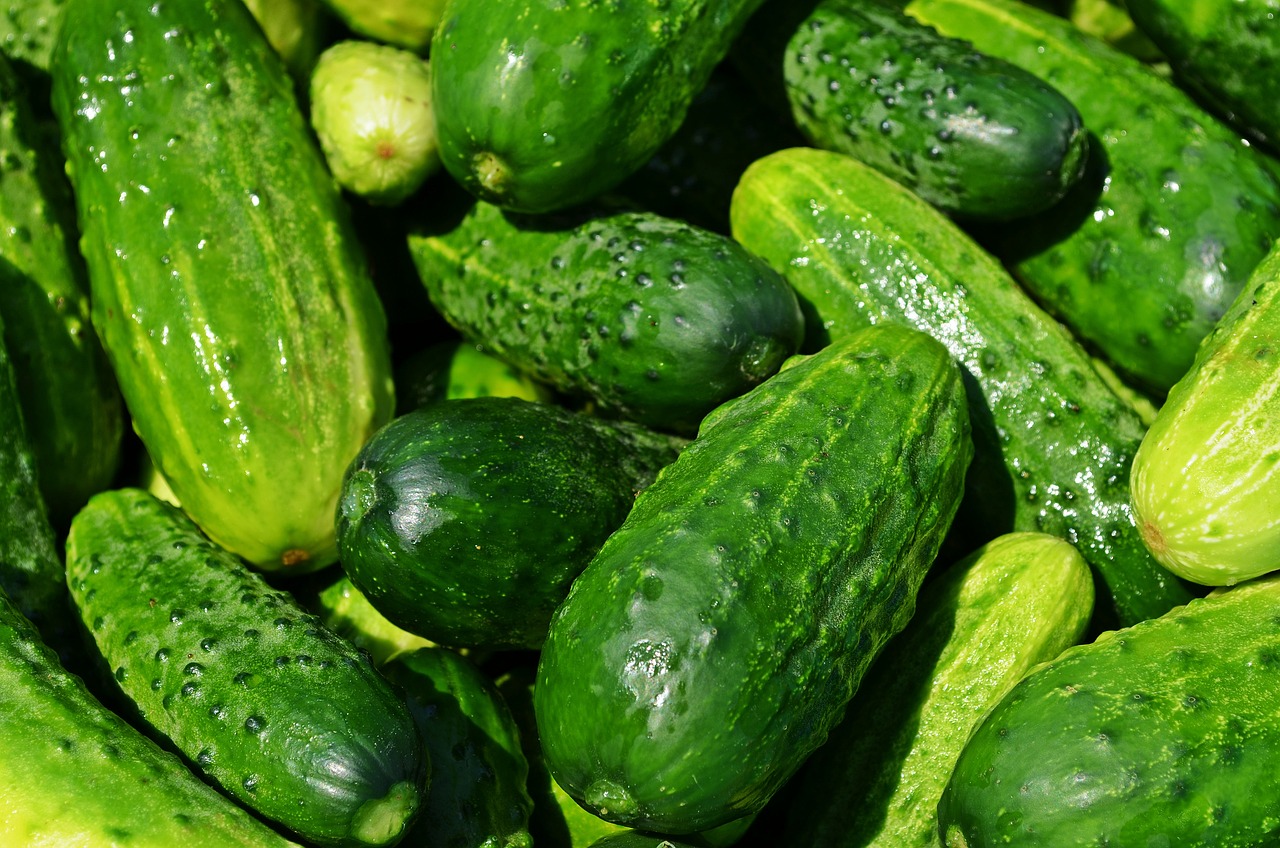Are you looking for a new hobby that combines creativity, patience, and a love for nature? Look no further than the art of bonsai.
Cultivating miniature trees has been a beloved pastime for centuries, and its popularity continues to grow today. In this article, you will learn about the rich history of bonsai, the techniques for cultivating and choosing the right tree, the philosophy of finding balance and harmony, and tips for maintaining and caring for your bonsai tree.
Whether you are a seasoned gardener or a beginner, the art of bonsai offers a unique and rewarding experience that will bring beauty and tranquility into your life. Let’s dive into the world of bonsai and discover the beauty of cultivating miniature trees.
A Brief History of Bonsai
You’re probably wondering how bonsai came to be, so let’s take a quick look at its fascinating history.
Bonsai originated in China over a thousand years ago as a way to create miniature landscapes in pots. It was later adopted by the Japanese, who developed their own bonsai traditions, focusing on the cultural significance of the art form.
In Japan, bonsai became closely associated with Zen Buddhism, as practitioners believed that the careful cultivation of miniature trees helped to cultivate their own inner calm and focus. Bonsai also became a symbol of status and refinement, with wealthy individuals commissioning the creation of elaborate bonsai gardens.
Today, bonsai remains a popular and highly-regarded art form, with enthusiasts around the world continuing to refine the techniques and traditions of this ancient practice.
Techniques for Cultivating Bonsai Trees
Learning how to properly prune and wire your plant can help shape it into a beautiful and unique creation. There are various pruning techniques that can be used to control the growth of your bonsai tree.
One of the most common techniques is called ‘pinching’, where you use your fingers to pinch off new growth. This will prevent the tree from becoming too bushy and will encourage it to grow in a more compact manner.
Another technique is called ‘leaf pruning’, where you remove leaves to help control the size of the tree.
Soil composition is also an important factor in cultivating bonsai trees. The soil used for bonsai should be well-draining and able to hold moisture. Organic materials such as peat moss, perlite, and vermiculite can be used to improve the soil’s composition.
It is important to regularly check the moisture level of the soil and adjust watering accordingly. Overwatering or underwatering can harm the tree and stunt its growth.
By mastering pruning techniques and maintaining proper soil composition, you can help your bonsai tree thrive and become a stunning work of art.
Choosing the Right Tree for Bonsai
When selecting a potential candidate for your bonsai, it’s important to examine the tree’s trunk, branches, and overall growth patterns to ensure it has the potential to become a captivating miniature masterpiece. Different tree species have varying characteristics that make them more suitable for bonsai cultivation.
For example, trees with small leaves, naturally twisted trunks, and flexible branches are ideal for shaping and styling. Size considerations are also important when choosing the right tree for bonsai.
It’s essential to select a tree that is proportional to the size of your pot and the space you have available. Trees that are too large for their containers or surroundings can become stunted and unhealthy, while trees that are too small may not have the necessary characteristics for styling and shaping.
Ultimately, selecting the right tree for bonsai requires careful consideration and a good eye for detail.
The Philosophy of Bonsai: Finding Harmony and Balance
Achieving harmony and balance is at the heart of the bonsai philosophy, as it strives to create a small yet breathtaking representation of nature. Bonsai aesthetics are all about finding the perfect balance between the tree’s physical attributes and its symbolic meanings.
The tree must look beautiful and peaceful, but also convey a deeper meaning through its shape, texture, and color. When you create a bonsai, you’re not simply pruning and shaping a tree; you’re expressing yourself through nature.
Each tree represents a unique blend of your creativity and the tree’s natural beauty. You must carefully choose the right tree, train it over time, and respect its individuality. The goal is to achieve a balance between the tree’s physical appearance and its symbolic significance, creating a living work of art that reflects the beauty and harmony of nature.
Tips for Maintaining and Caring for Your Bonsai Tree
To keep your stunning nature creation thriving, you need to ensure you’re watering it regularly and keeping it in a spot with plenty of natural light. The frequency of watering depends on the type of tree you have, its size, and the environment it’s in. Generally, bonsai trees need to be watered when the topsoil feels slightly dry to the touch. Be careful not to overwater your tree as this can lead to root rot and other issues.

Pruning is an essential part of bonsai maintenance, and proper techniques can help your tree maintain its shape and promote healthy growth. Regular pruning helps remove dead or diseased branches and allows for better light and air circulation. However, be mindful not to prune too much as this can stress the tree and hinder its growth.
With proper watering and pruning, your bonsai tree can thrive and bring beauty to your home for years to come.
Frequently Asked Questions
Are there any specific bonsai trees that are easier to care for than others?
The best beginner bonsai trees are jade, Chinese elm, and ficus. Avoid common mistakes such as overwatering, improper pruning, and lack of sunlight. Research the specific needs of your chosen tree.
Can bonsai trees be grown indoors or do they need to be grown outside?
You can grow indoor bonsai trees, but they require a lot of light and humidity. Some popular indoor varieties include the Ficus, Chinese Elm, and Jade. Outdoor bonsai trees require more care, depending on the variety.
What is the average lifespan of a bonsai tree?
The average lifespan of a bonsai tree depends on its species and care. With proper maintenance, a well-cultivated bonsai can live for decades. Water, light, and pruning are essential for longevity.
How often should I prune my bonsai tree?
To keep your bonsai tree healthy and aesthetically pleasing, prune it regularly. The timing and frequency of pruning depend on various factors such as species, growth rate, and desired shape. Use proper pruning techniques and tools to avoid damaging your tree.
Can I use regular potting soil for my bonsai, or do I need to use a special type of soil?
Using regular soil for bonsai may seem convenient, but it’s not recommended. Special soil is designed to provide the necessary drainage and nutrients for bonsai trees. Using regular soil can lead to poor growth and root rot.
Conclusion
Congratulations on learning about the art of bonsai! By now, you should have a good understanding of the history and techniques behind cultivating these miniature trees.
You’ve also learned about the importance of choosing the right tree and the philosophy of finding harmony and balance in bonsai.
Now that you have your own bonsai tree, it’s important to remember to maintain and care for it properly. Regular watering, pruning, and fertilizing are essential to keeping your tree healthy and beautiful.
With patience and dedication, your bonsai tree can become a stunning work of art that brings peace and tranquility to your home or garden.
Happy cultivating!










